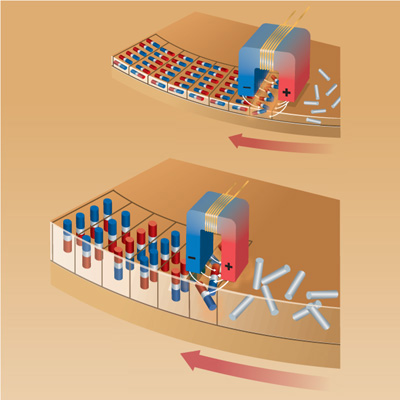Chapter 10. How Small Mutations Pay Off Big

Small things, like cellular mutations and the smallest pieces of machinery, can have a big impact.
The first clocks were not small things. These clocks, which first appeared in the 16th century B.C. in Babylon and Egypt, ranged from desk size to house size. In their simplest form, a bowl with a hole in the bottom was filled with water. The water slowly dripped through the hole, filling a container below it. As the water rose in the container, a float rose with it. A pointer on the float indicated the time using a series of markings on the inside of the container.
The water clock, called a clepsydra, ...
Get How Computers Work: The Evolution of Technology, Tenth Edition now with the O’Reilly learning platform.
O’Reilly members experience books, live events, courses curated by job role, and more from O’Reilly and nearly 200 top publishers.

